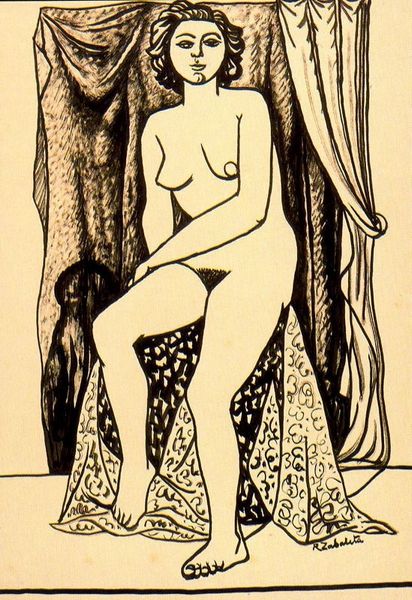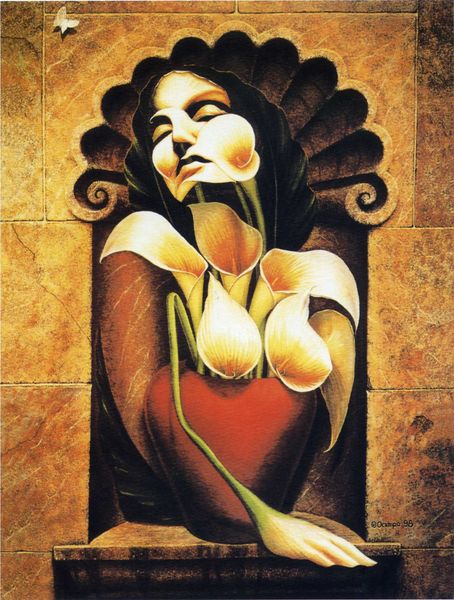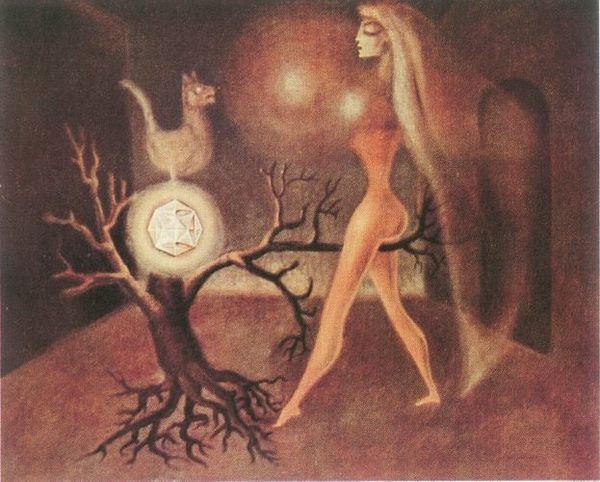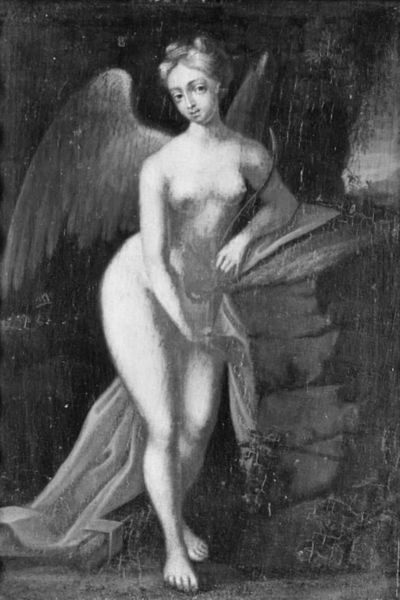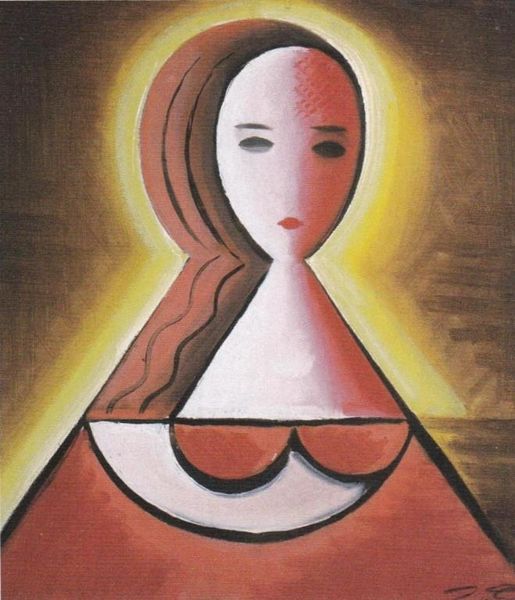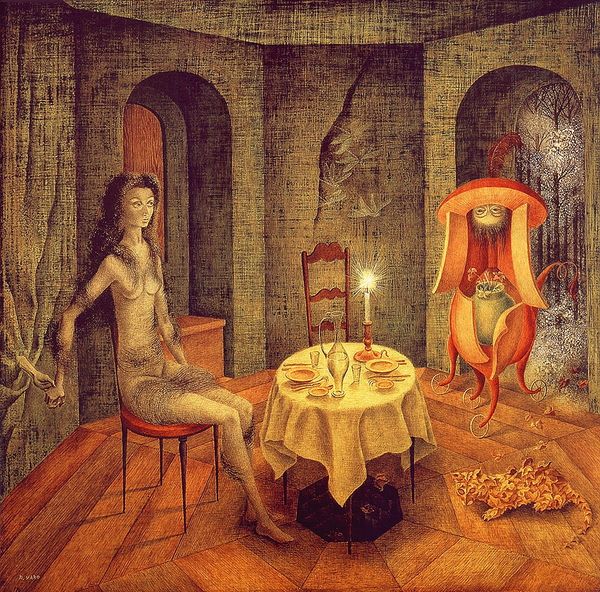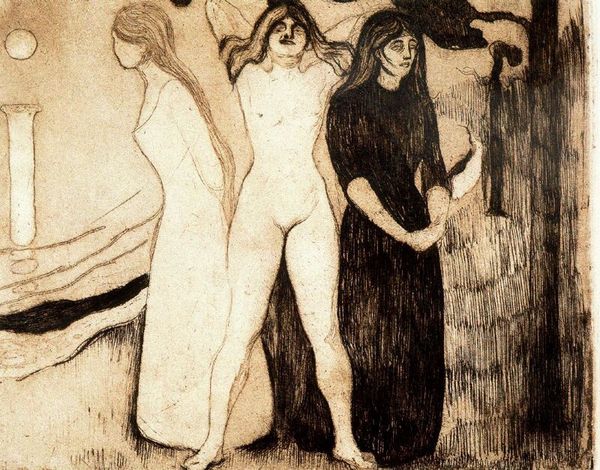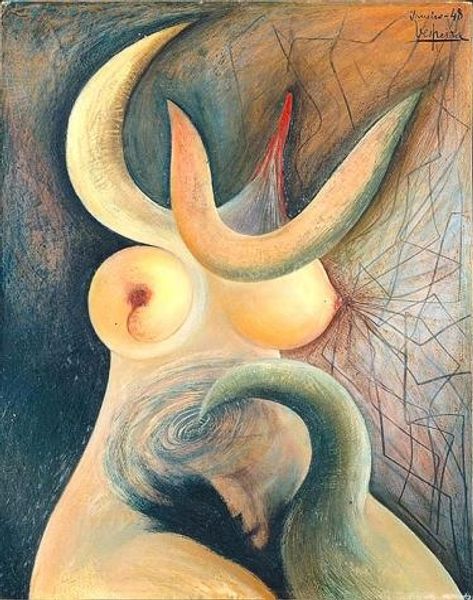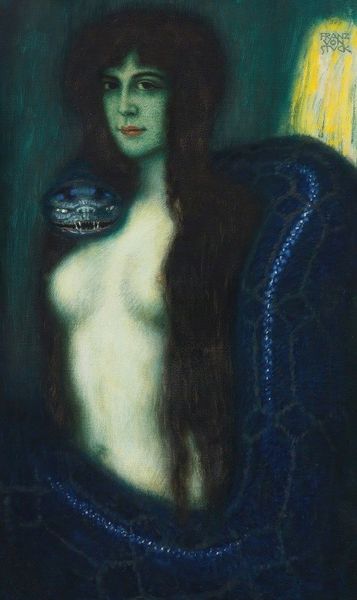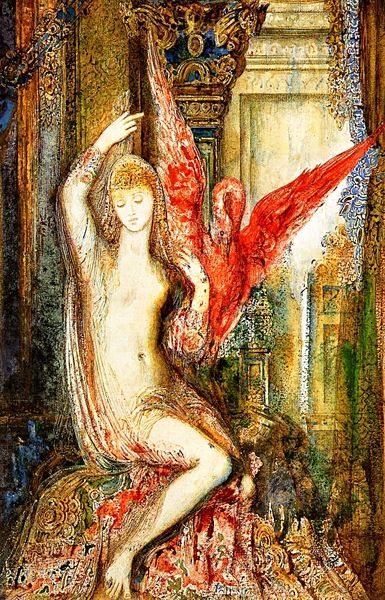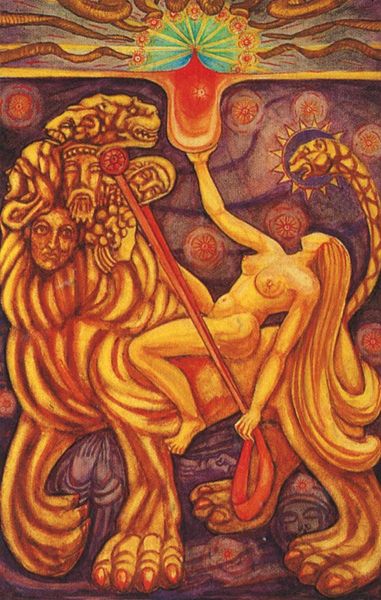
gouache
#
portrait
#
gouache
#
allegories
#
allegory
#
gouache
#
fantasy-art
#
figuration
#
watercolour illustration
#
surrealism
Copyright: Remedios Varo,Fair Use
Editor: This is Remedios Varo's "Lady Godiva" from 1959, done in gouache. The figure seems both regal and melancholic, and the fantastical elements give it a really dreamlike quality. How do you interpret this work? Curator: Varo's Godiva invites us to consider themes of feminine autonomy and social critique. Considering Varo's biography, do you see any potential autobiographical resonances in the allegory? The Surrealists were definitely interested in autobiography, as it pertains to both the psychological and the lived political experience. Editor: I see what you mean. The figure's defiant gaze, combined with the nudity traditionally associated with Godiva's protest, suggests a challenge to societal norms. But she's also on this strange, almost childlike, scooter. Curator: Exactly! Varo often uses unconventional modes of transport in her work as symbols of personal journeys. How might the scooter function as a comment on the limitations placed on women's movement and agency in the mid-20th century? It's a freedom, but one constrained by the apparatus. The strange eyes staring from the painting's architecture drive that point home as well. Editor: That's fascinating. So, Varo uses this mythical figure not just to retell a legend but to subtly critique the social constraints of her own time? Curator: Precisely. And also, to assert the artist's right to create her own iconography. The presence of that fish makes me consider how Varo might also be thinking of earlier allegorical uses of figures and animals. Can you see how the artist may also be challenging artistic tradition itself, by recasting these iconic forms? Editor: I hadn't thought about it that way. This really makes me consider how much an artist's personal context can shape the meaning of even seemingly fantastical works. Curator: Absolutely, and it’s crucial to understand art as existing within a web of intersecting social, historical, and artistic discourses. Keep that in mind, and art history becomes an even more interesting project.
Comments
No comments
Be the first to comment and join the conversation on the ultimate creative platform.


